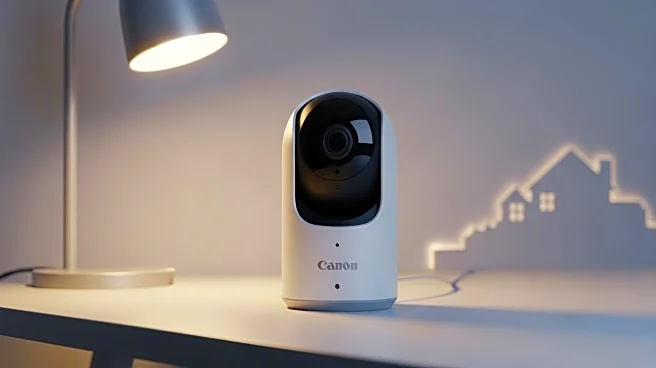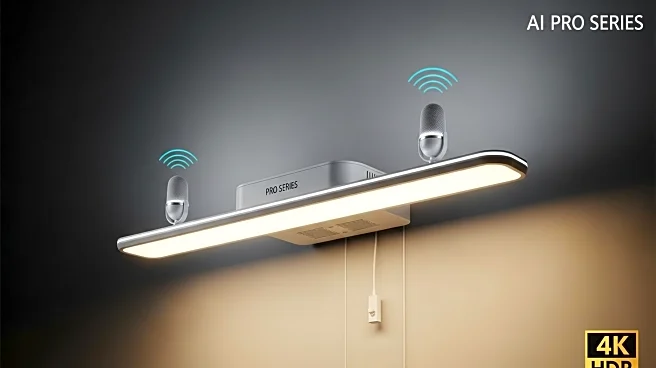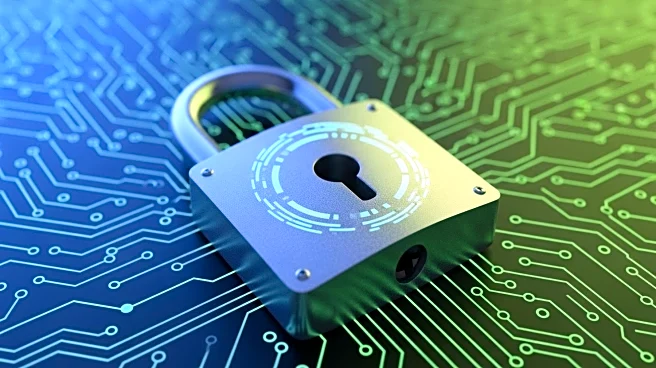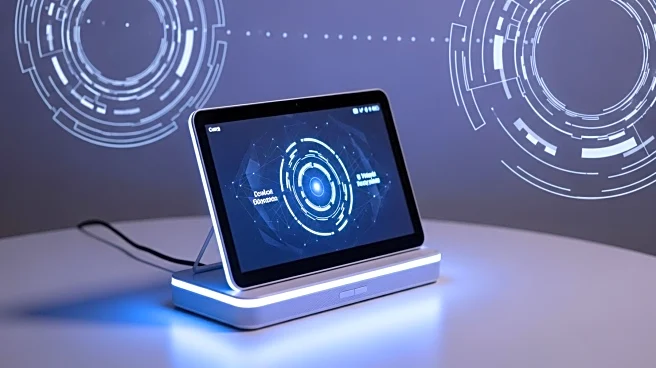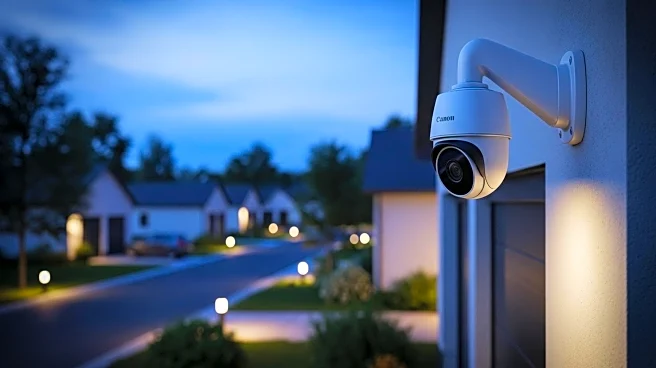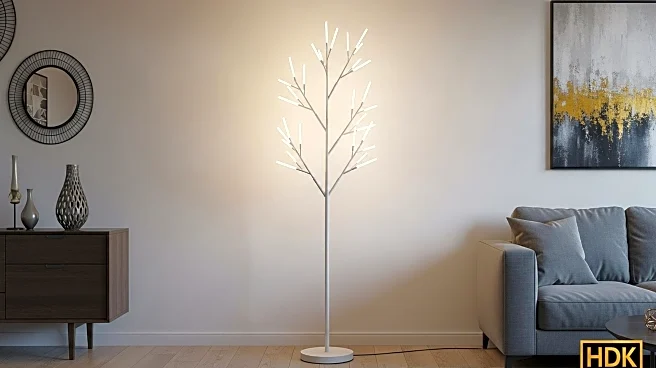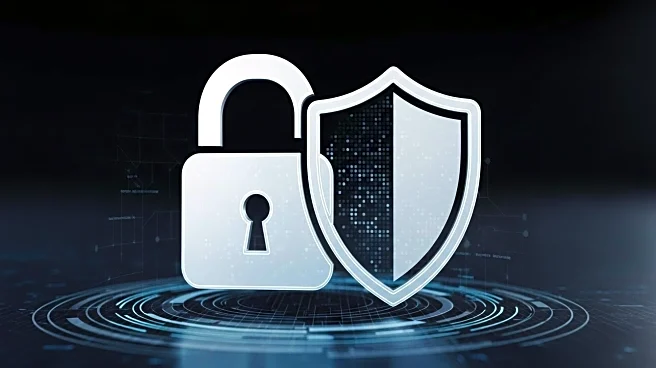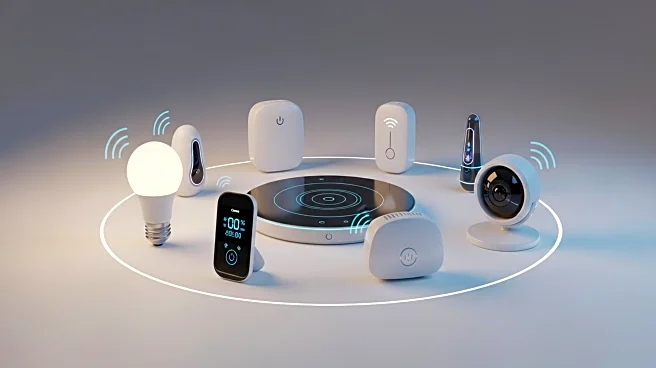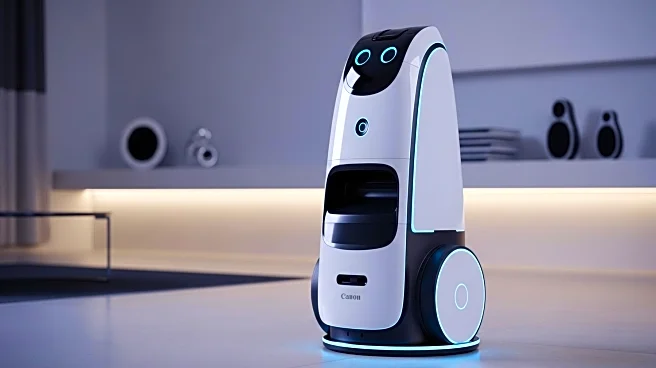What is the story about?
What's Happening?
Home security systems today are packed with smart technology and AI, offering a wide array of devices and add-ons. However, not all features are necessary, and some may be redundant or less effective. Common features such as alarm touchscreens, temperature sensors, smoke detectors, motion sensors, panic buttons, and proprietary smart locks are often included in security packages. Alarm touchscreens, once considered advanced, are now less convenient due to app-based controls. Temperature sensors and smoke detectors are essential but often already present in homes, making additional purchases unnecessary. Motion sensors, while traditional, are less reliable compared to access sensors and can be triggered by pets. Panic buttons are largely redundant due to smartphone SOS features. Proprietary smart locks may lack functionality compared to third-party options. Consumers are advised to focus on essential features like access sensors, vibration sensors, security cameras with two-way audio, and third-party smart locks for effective home security.
Why It's Important?
Understanding which features are essential in home security systems can lead to significant cost savings for consumers. By avoiding unnecessary add-ons, homeowners can invest in more reliable and effective security measures. This approach not only reduces expenses but also enhances the overall security setup by focusing on proven technologies. The shift towards app-based controls and third-party smart locks reflects a broader trend in the smart home industry, emphasizing interoperability and user convenience. As consumers become more informed about the capabilities and limitations of various security features, they can make better decisions that align with their specific needs and budget constraints.
What's Next?
Homeowners and consumers are likely to continue evaluating their security needs, opting for systems that offer flexibility and integration with existing smart home devices. Security companies may respond by refining their offerings, focusing on interoperability and user-friendly features. As technology advances, the emphasis may shift towards more sophisticated sensors and AI-driven solutions that provide comprehensive security without unnecessary complexity. Consumers may also seek advice from experts to tailor their security systems to their unique requirements, ensuring both effectiveness and cost-efficiency.
Beyond the Headlines
The evolution of home security systems highlights broader trends in the smart home industry, including the move towards app-based controls and the integration of third-party devices. This shift reflects consumer demand for convenience, customization, and interoperability. As technology continues to advance, ethical considerations around privacy and data security may become more prominent, influencing both consumer choices and industry standards. The focus on essential features over redundant ones also underscores a growing awareness of sustainable consumption, encouraging consumers to make informed decisions that minimize waste and maximize utility.
AI Generated Content
Do you find this article useful?
